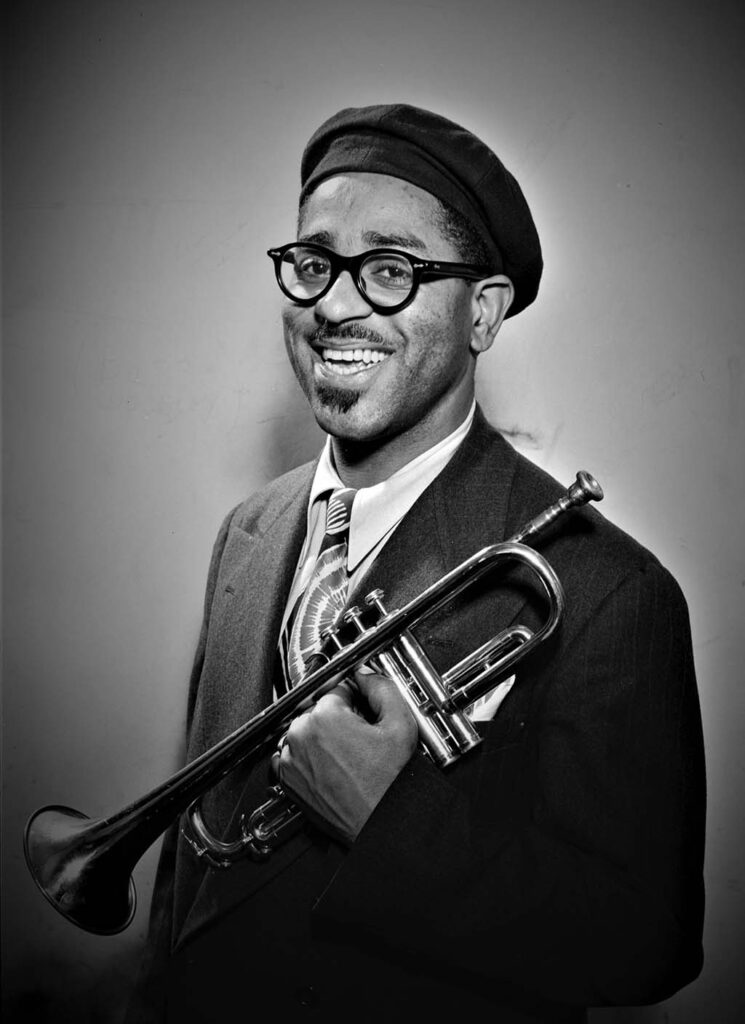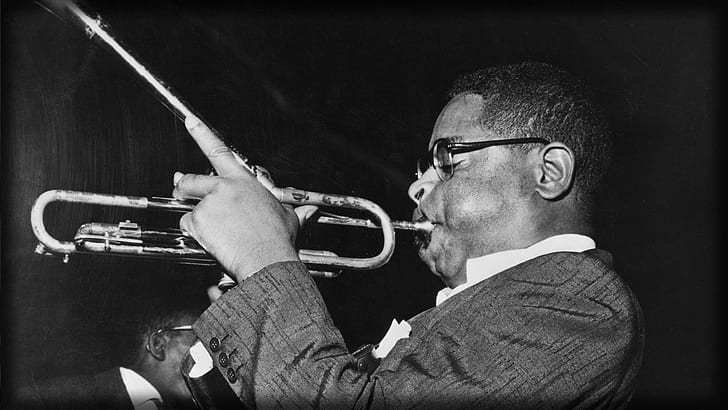Introduction:
In the vibrant world of jazz, few names shine as brightly as that of Dizzy Gillespie. With his charismatic stage presence, virtuosic trumpet playing, and innovative musical style, Gillespie became one of the most influential figures in the history of jazz. From his early days in South Carolina to his groundbreaking contributions to the bebop movement, this blog post delves into the fascinating biography of the legendary composer, Dizzy Gillespie.
Early Life and Musical Journey:
Born John Birks Gillespie on October 21, 1917, in Cheraw, South Carolina, Dizzy Gillespie’s talent for music emerged at an early age. Raised in a musical household, he began playing the piano and later switched to the trumpet, quickly displaying an exceptional aptitude for the instrument. Inspired by the sounds of jazz and big band music, Gillespie honed his skills through tireless practice and experimentation.
The Birth of Bebop:
The 1940s marked a pivotal period in Gillespie’s career, as he became one of the architects of the revolutionary bebop movement. Alongside luminaries like Charlie Parker, Thelonious Monk, and Charlie Christian, Gillespie transformed the jazz landscape with his intricate melodies, rapid tempos, and complex harmonic structures. His virtuosity on the trumpet, along with his innovative use of extended techniques such as bending and circular breathing, set new standards for jazz musicians.
Collaborations and Musical Innovations:
Gillespie’s musical journey took him to various collaborations and cross-genre experiments. He played with prominent jazz orchestras, including those led by Cab Calloway and Billy Eckstine, before forming his own influential big band in the late 1940s. His compositions, such as “Night in Tunisia” and “A Night in Tunisia,” blended Afro-Cuban rhythms with bebop, showcasing his adventurous spirit and knack for fusing different musical traditions.
Legacy and Influence:
Dizzy Gillespie’s impact on jazz and the broader musical world is immeasurable. His bebop innovations laid the groundwork for modern jazz, inspiring generations of musicians to push the boundaries of traditional harmony and improvisation. Gillespie’s distinctive trumpet style, characterized by his trademark bent horn and puffed-out cheeks, has become iconic and instantly recognizable. Moreover, his commitment to cultural exchange and his efforts to introduce Afro-Cuban rhythms into jazz have had a lasting impact on the evolution of the genre.
Beyond his musical contributions, Gillespie was a passionate advocate for civil rights and racial equality. He used his platform and music to challenge societal norms, promoting unity and understanding through his art. His influence extended far beyond the stage, leaving an indelible mark on the socio-political landscape of his time.
Conclusion:
Dizzy Gillespie’s life was an extraordinary journey filled with innovation, creativity, and a deep commitment to his art form. Through his virtuosic trumpet playing, groundbreaking compositions, and tireless pursuit of musical excellence, Gillespie forever changed the course of jazz. His legacy continues to inspire and shape the work of contemporary musicians, ensuring that the spirit of bebop lives on. As we celebrate the remarkable life of Dizzy Gillespie, we pay homage to a true musical genius and visionary who left an indelible imprint on the world of jazz.


Comments are closed